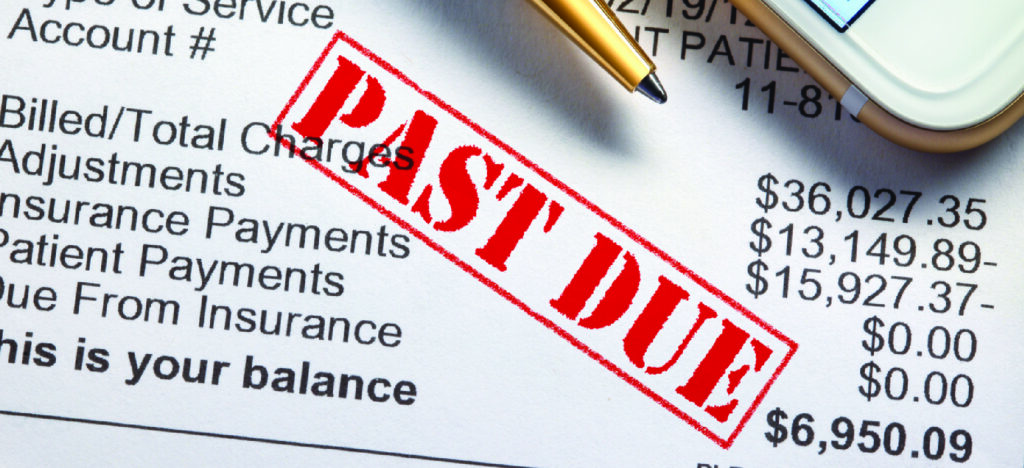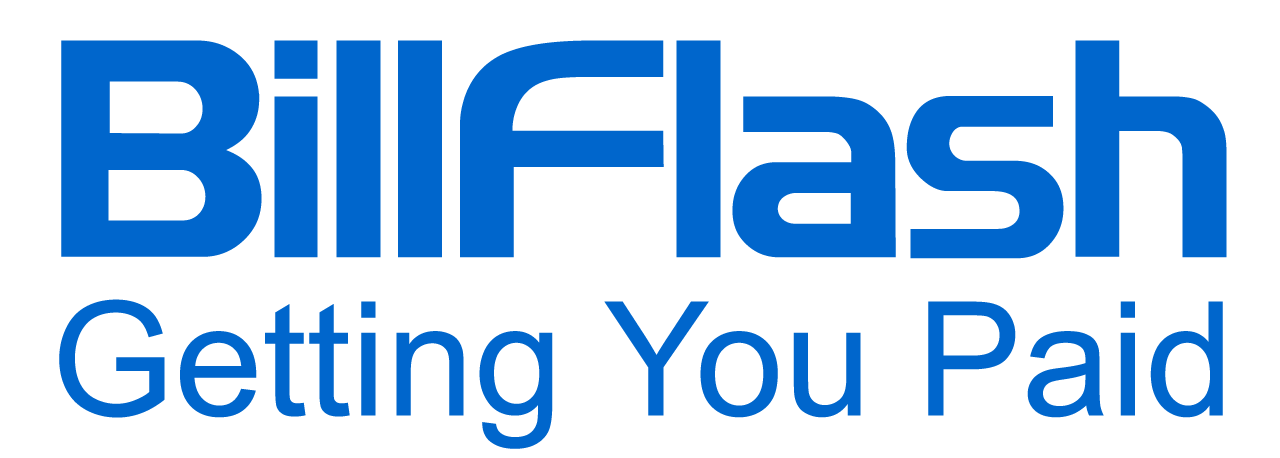Learn more about our guide to understanding the hidden costs of delayed payments from patients and how they can impact your medical practice.
Surprisingly, one of healthcare practices' most significant challenges isn't related to treating patients at all. It is delayed payments by patients. According to a study by MGMA, 83% of healthcare providers revealed that collecting payments is a primary concern. This statistic is more than just a number – it represents the domino effect that happens when a financial strain is placed on medical and dental practices.
So, how do you protect your practice and reduce the time it takes to receive payment for services? This is your guide to understanding the hidden impacts and costs delayed payments have and effective strategies for protecting your practice's cash flow.

Understanding the Financial Impact of Delayed Payments
According to a recent study, 78% of healthcare providers are not able to collect bills of more than $1,000 in 30 days. Delayed payments are more than an inconvenience. They can have a devastating effect on your practice's financial stability. Let's examine the financial impact of delayed payments.
Operational Strain
When payments are delayed, cash flow is disrupted, making it difficult for healthcare practices to meet their daily operational needs. A steady cash flow is essential for covering payroll, ordering supplies, and managing other critical expenses. For example, a dental practice that relies on timely payments to pay for dental materials may be unable to fulfill those orders, leading to delays in patient care.
Delayed payments can mean there aren't enough funds to cover payroll, leading to reduced staff. This domino effect impacts the quality of care healthcare practices can provide.
Increased Administrative Costs
The burden of chasing down payments also leads to increased administrative costs. When payments are delayed, healthcare providers often need dedicated staff and resources to manage the efforts of collecting overdue payments. Practices may also need to hire additional staff or pay existing employees overtime to perform these extra tasks during a time when cash flow is already suffering.
Loss of Revenue
The impact of delayed payments extends beyond operational strain, and increased administrative costs can lead to significant revenue loss in the following ways:
- The likelihood of bad debt increases – On average, healthcare providers collect only about 60% of outstanding balances (ACA International).
- Missed opportunities for timely collection – The longer a payment is overdue, the less likely it is to be collected in full.
- Non-payment – A long-term delayed payment may go completely unpaid.

The Hidden Costs Beyond Finances
The financial implications of delayed payments are devastating, but it doesn't end there. The hidden costs go beyond the finances, affecting the quality of care provided, patient relationships, and overall satisfaction.
Patient Relationships and Satisfaction
Persistent payment delays can strain the relationship between providers and their patients. When healthcare practices must consistently contact patients regarding overdue balances, it can lead to discomfort and dissatisfaction. Patients may become disgruntled, feel harassed, or become frustrated. This can lead to patients choosing to go elsewhere for their healthcare or dental needs, negatively impacting their loyalty.
Research shows that approximately 63% of patients will switch providers if they become dissatisfied with their payment experience.
Impact on Patient Care
The financial strain caused by delayed payments can also lead to compromised patient care. When a healthcare practice is struggling with cash flow issues, it can lead to the following:
- Delaying the purchase of new equipment
- Reducing staff hours
- Postponing patient treatments
- Limiting resources
For example, a practice may not have the resources to invest in the latest medical technology or hire additional staff during peak times. This can result in longer wait times, reduced access to care, and a lower overall standard of service. These factors can ruin a provider's reputation in the long term, leading to a reduced patient base.

Strategies to Prevent Delayed Payments
Practices must take proactive steps to reduce payment delays. Implementing effective strategies can help practices protect their cash flow, reduce administrative burdens, and maintain strong patient relationships.
Implement Patient Financing Options
One effective strategy is to offer patient financing options. By providing financing options, practices can help patients manage high out-of-pocket costs and avoid delaying payments. This approach allows patients to pay overtime while the practice receives payment, improving cash flow. Patients tend to be less overwhelmed by their medical bills when financing is available and, therefore, more willing to pay.
Enhance Communication Tools
Another key strategy is to improve communication tools. Practices can utilize electronic billing notices (eBill Notices) sent via text or email to remind patients to view and pay their bills online. Additionally using QR codes that link directly to the practice’s payment portal on mailed statements drives faster payments. Enhanced communication methods keep the patients' medical bills at the forefront of their minds.
Offer Multiple Payment Methods
Offering a variety of payment methods is another effective way to encourage timely payments. By providing options such as online pay portals, in-office payments, over-the-phone payments, credit card payments, checks, and automatic payments, practices make it more convenient for patients to pay their medical bills.
Multiple payment methods increase the likelihood that there is a payment method that every patient is comfortable with, thus reducing delayed payments. Convenience and comfort encourage timely payments and minimize delays.

How BillFlash Can Help Protect Your Practice's Cash Flow
BillFlash offers integrated billing and payment solutions that streamline the collection process and protect your practice's cash flow. With BillFlash, healthcare and dental practices can efficiently manage payments and reduce the impact of delayed payments on their operations.
Integrated Billing and Payment Solutions
BillFlash's integrated solutions make it easy for practices to handle billing and collections, reducing the administrative burden and improving cash flow. By automating key processes, BillFlash helps practices minimize the time and effort required to chase down payments, allowing staff to focus on more critical tasks.
Features That Facilitate Timely Payments
BillFlash offers a range of features specifically designed to address the challenges of delayed payments, including:
- Mailed Bills and Inserts
- Online eBills
- Text and Email eBill Notices
- Automated eReminders
- Office and Online Payments
- FlexPay Patient Financing
- Integrated Collections
- RCM Service
BillFlash focuses on getting providers paid by making it easy for patients to pay. With features like QR codes on mailed statements for easy access to an online payment portal, multiple payment methods, and patient financing, the cloud-based platform is designed to make sending bills and collecting payments a breeze.
Protect Your Practice's Cash Flow
Delayed payments can have a devastating impact on your practice's finances and overall operation. By implementing strategies, such as patient financing options, enhanced communication tools, and multiple payment methods, you can collect payments on time and protect your financial health while offering your patients the highest quality of care.
Protect your practice's future by using BillFlash to reduce delayed payments. Schedule a demo today to learn more about how this innovative billing, payments, and collection software can safeguard your practice's financial health.

